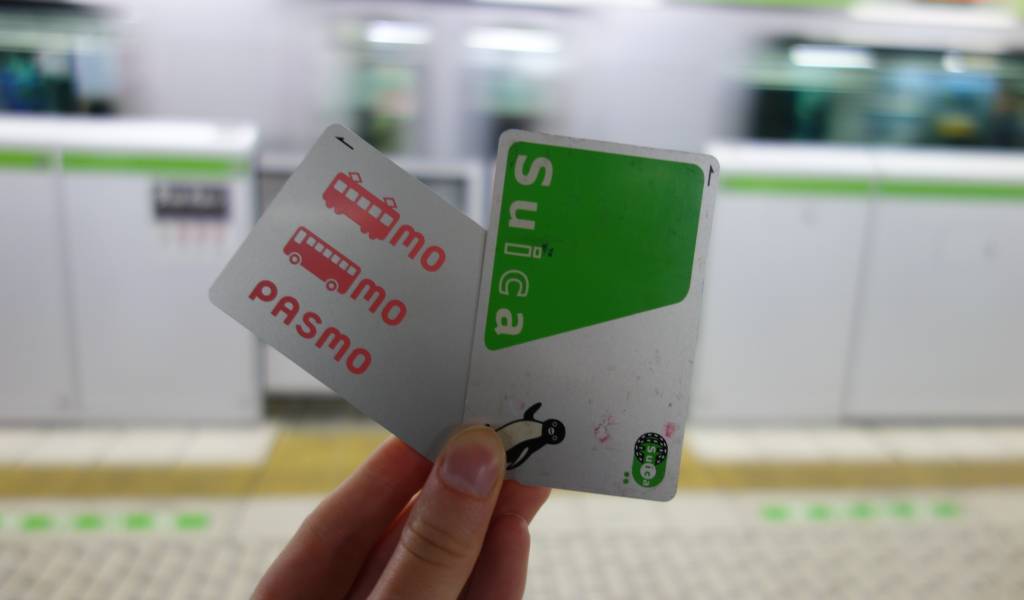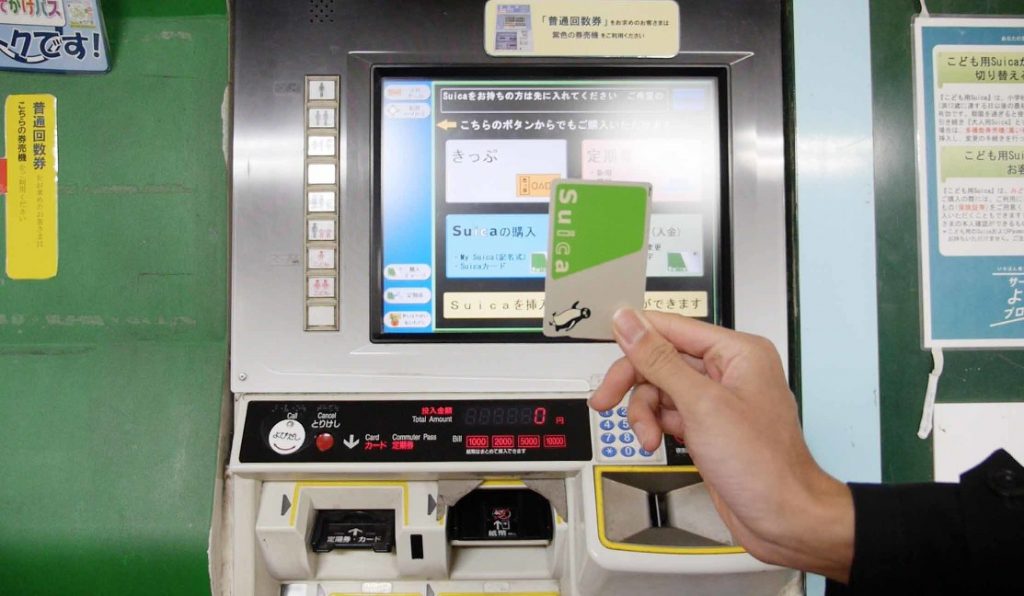How to: navigate the train system in Tokyo
The Japanese railway system is well organised and efficient but very complex. We have picked up the main railways used in Tokyo to introduce to you! Unlike some countries, each railway is owned by a different company. Therefore, whenever you transfer between different lines the cost may bump up.
There are a total of 36 lines run by the JR East, connecting urban areas and it also extends to other prefectures. One of the main lines from JR East is the Yamanote line. It goes through well known stations such as Shinjuku, Shibuya and Harajuku. The Toei line consists of 4 different lines; the Asakusa Line, the Mita Line, the Shinjuku Line, and the Oedo Line. Lastly, the Tokyo Metro consists of 9 lines.
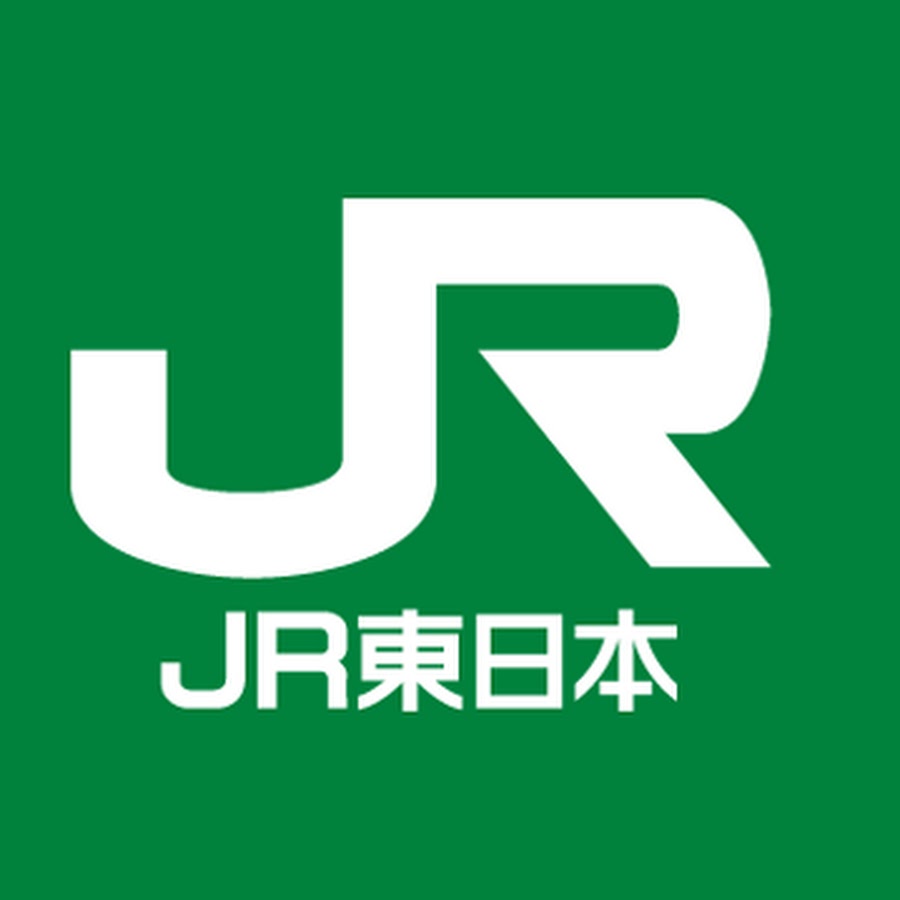

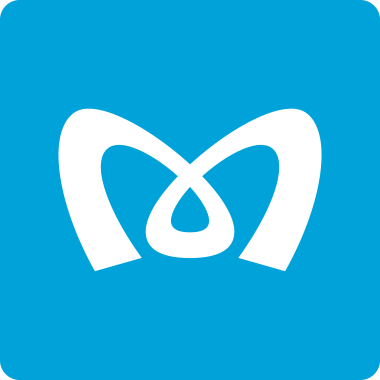
Even if you do not understand the railway system in Tokyo (or anywhere in Japan), using apps makes travelling much easier. There are multiple railway optimised route applications available on smartphones. If you input your departure and destination station, the application will calculate everything for you, and suggest the quickest, cheapest way there! In addition, these applications will usually alert you if there are any delays occurring, so you know which lines and trains to avoid.
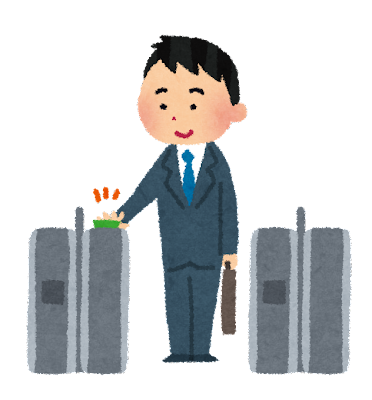

Most people usually use Suica or Pasmo when travelling using the railway system. These are prepaid e-money cards. Just tap the card onto the ticket gate, and the fee will be automatically deducted from the card. These cards can also be used to buy drinks in the vending machine or to make any purchase in the convenience store! A Suica or Pasmo can be bought in the ticket counters, also known as 窓口 in the train station. It can be bought for a total 1,000 yen, which includes a 500 yen deposit. You can charge the Suica/Pasmo with cash at any ticket vending machine within the train station if your remaining balance is low.
